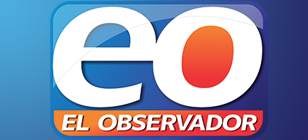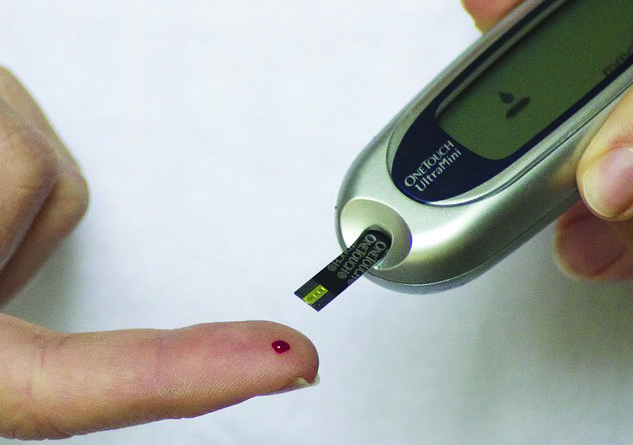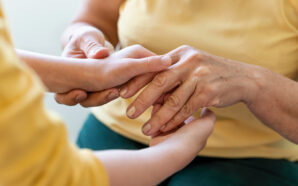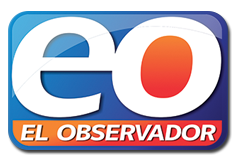Dr. Eva Vivian / Special to El Observador
Latino children are diagnosed with type 2 diabetes at a higher rate than any other ethnic group. In fact, research from the National Council of La Raza found half of Latino children born in the year 2000 will develop diabetes. Type 2 diabetes is the most common form of diabetes. It is a chronic condition that affects the body’s ability to metabolize sugar (glucose), which is an important source of fuel for the body.
Being overweight and not getting enough exercise are definite triggers for the condition – but the root causes among the Latino community are a little more complicated. As my colleagues and I have observed, many children lack access to neighborhoods and outdoor play areas where they can be physically active without safety concerns such as heavy traffic. Many medical professionals also don’t take into account the kinds of foods that are important in Latino culture, foods that are traditionally high in fat. In addition, processed foods and fast food alternatives are all too readily available in Latino communities. For children at risk of developing type 2 diabetes or have recently been diagnosed, finding ways to increase exercise and healthy eating are essential, as is collaborating with doctors and medical professionals.
Four years ago, I partnered with a local YMCA and several health care providers in Madison, Wis. to design a program that would encourage families to be physically active on weekends and after school. The YMCA staff offered physical activity instruction for children five days a week, and even had activity sessions like Zumba and dance for parents. We also provided culturally appropriate nutrition classes. Throughout the program, we observed children not only developing healthier habits but also gaining confidence.
For many Latino families, another significant obstacle for providing resources and treatment is the language barrier. While many Latino children are fluent in English, doctors often have a harder time communicating with their parents, who may speak no English at all. Most of the people who visit our clinic are Latino, and many are undocumented. During Saturday health clinics, my team has been integrating a new tool to combat the language barrier. We have been using MerckManuals.com to provide families with quality medical information professionally translated into Spanish.
The free website includes a version written for medical professionals and one for consumers, allowing doctors to find medical information, then provide patients with a translated document written so they can understand it. We’ve been handing out printed materials in Spanish from the MerckManuals.com and our medical interpreters also use the website to make sure they’re providing accurate information. Building on the success of the YMCA program, my team is currently developing a peer support program for parents with children who are at risk for diabetes. The program includes women who will lead diabetes prevention and management classes teaching mothers to understand food labels, as well as walking sessions where people meet three times a week for healthy strolls around the neighborhood.
The key to success with these community programs is to involve the entire family. Family means a great deal to the Latino community, so any activity or treatment must involve their parents. There are many strategies for reducing the dangerous upward trend of diabetes in Latino children, but it takes an understanding of their culture and investment from the community to have a real impact.Dr. Eva Vivian, PharmD is a Professor at the University of Wisconsin School of Pharmacy and a Merck Manuals Editorial Board Member.






